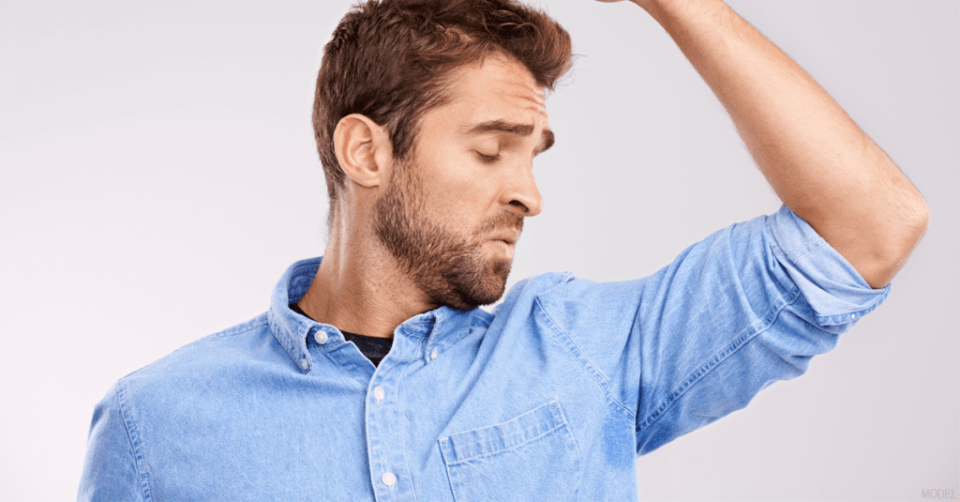Excessive sweating can cause social awkwardness and low self-esteem, but you don’t have to tolerate it for the rest of your life. The Forest Hills dermatology team at Adult and Pediatric Dermatology has advanced expertise and equipment to identify the cause of your excessive sweating and prescribe the appropriate medications.
Types of hyperhidrosis
Hyperhidrosis is a disease that causes a person to sweat profusely without necessarily engaging in strenuous physical activity or exposure to heat. If you have this disorder, you may sweat to the point of soaking your clothes, which can result in embarrassment and social anxiety. In some cases, hyperhidrosis is a symptom of an underlying disorder like anxiety. There are two types of hyperhidrosis, including generalized hyperhidrosis and focal hyperhidrosis. Focal hyperhidrosis is a chronic genetic disorder that occurs due to gene mutation. This hyperhidrosis often affects the head, feet, hands, and armpits only and often manifest before age 25. Generalized hyperhidrosis is usually due to an underlying medical disorder like Parkinson’s disease and diabetes. Specific medications like zink supplements can also result in excessive sweating as a side effect. This disorder often affects adults.
Factors contributing to excessive sweating
Sweating is the natural way your body cools down when it is too hot due to nervousness, sickness, or exercise. Hyperhidrosis, on the other hand, causes your sweat glands to overwork, resulting in excessive sweat under normal temperatures. Focal hyperhidrosis is usually due to spinal cord injury, emotional stress, and certain foods like citric. Generalized hyperhidrosis is generally due to autonomic dysfunction, menopause, severe psychological stress, or prescription medications.
Symptoms of hyperhidrosis
The severity of hyperhidrosis symptoms varies from one individual to the other. Mild hyperhidrosis may ebb and flow over an extended period, while excessive sweating may become a part of your everyday life, causing constant insecurity and frustration. This disorder can cause sweat to bead on your forehead or cheeks, pool around your back or under your arms, drib down your arms, soak your socks, or soak your shirt, making you uncomfortable. Excessive sweating may also result in maceration on the soles of your feet, body odor, inflammation, itching, and noticeable marks on clothing. Your symptoms will help your doctor determine the type of hyperhidrosis you have.
Available treatments for hyperhidrosis
Many people are embarrassed to talk to their healthcare providers about hyperhidrosis, while others think it is not a medical disorder. Many people report feeling relief after discussing their predicament with their providers. Your doctor will discuss your symptoms and review your health history. They may recommend a starch-iodine test or a per test to measure the amount of sweat you produce.
While there is no precise cure for focal hyperhidrosis, the Adult and Pediatric Dermatology team can develop a treatment plan to manage your symptoms. They may advise wearing breathable fabrics and showering often. Your doctor may prescribe aluminum-based antiperspirants to seal up sweat glands, and clinical-grade cloth wipes to minimize armpit sweating.
For more information about hyperhidrosis, call the Adult and Pediatric Dermatology office or use the online scheduling button to create an appointment.

